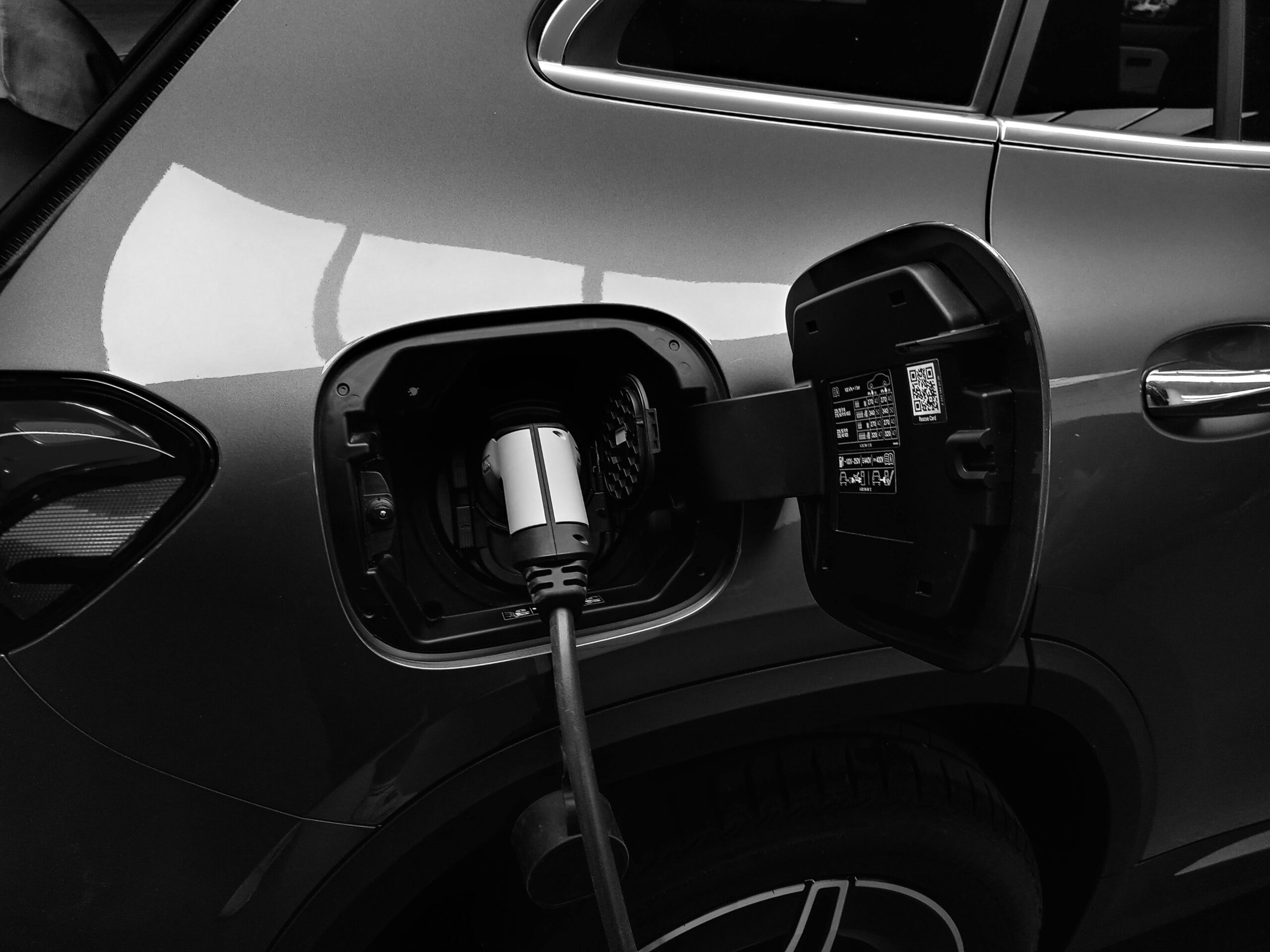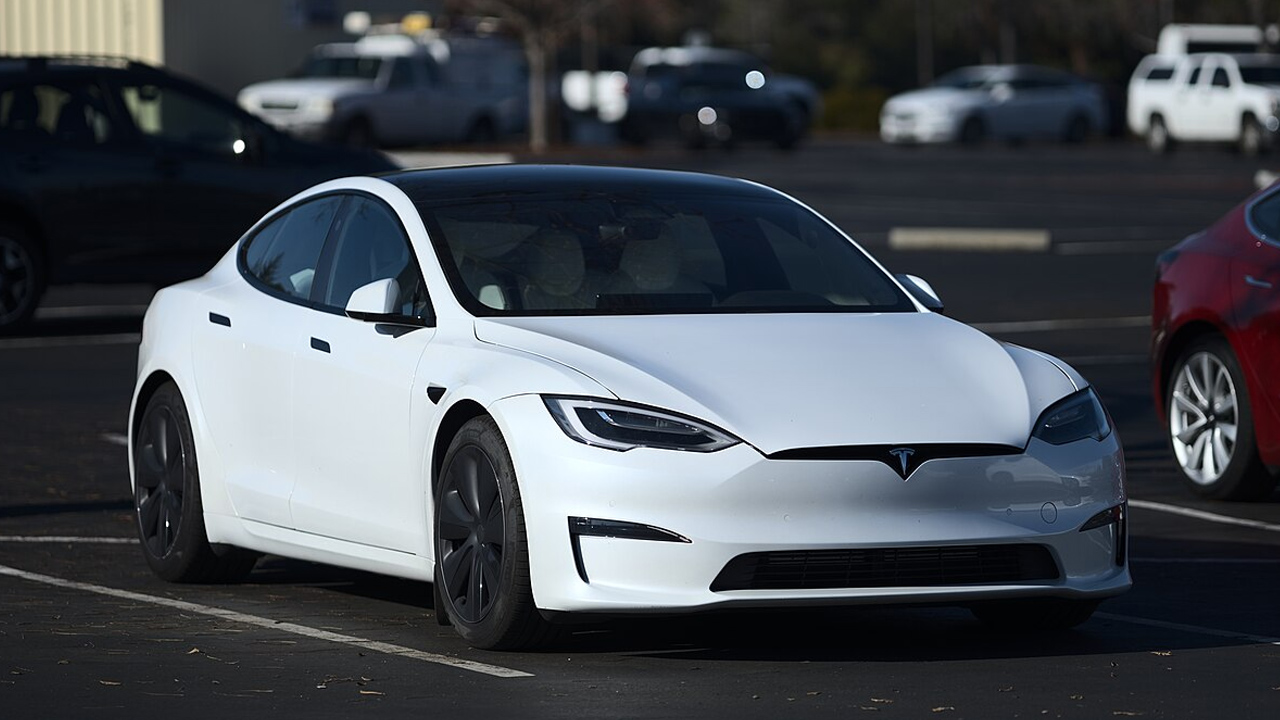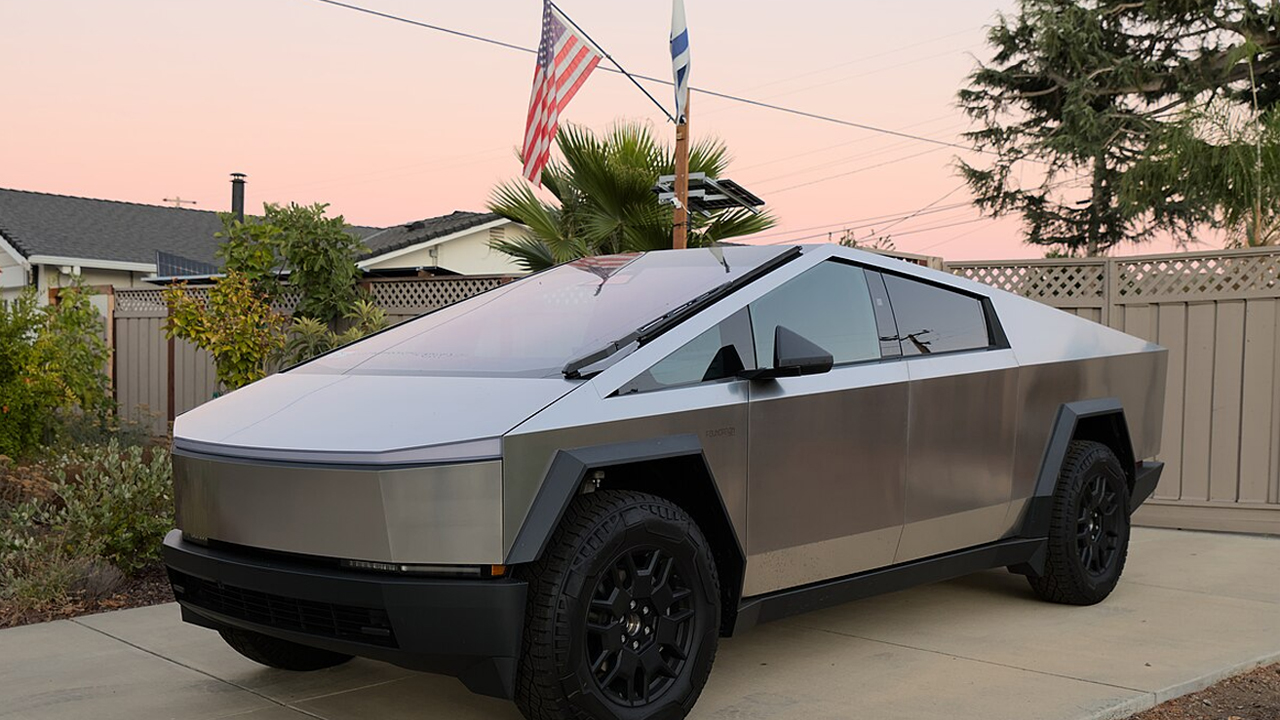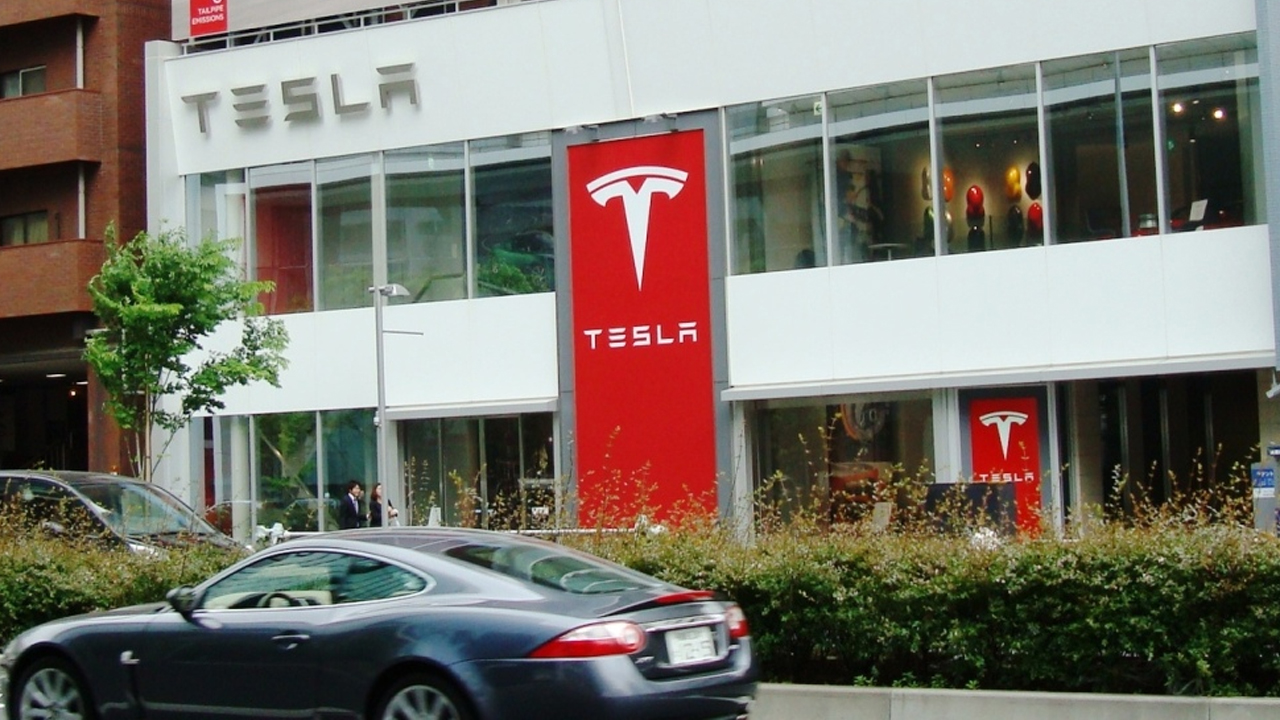Tesla has finally rolled out the long-promised Full Self-Driving (FSD) update to the general public, and yes, it’s a major milestone. But before you let your car handle everything, there’s something you should know — it’s still not fully autonomous. Despite all the hype, FSD isn’t the hands-off, mind-off experience many expected. The reality is a bit more complicated, and a lot more caution is still required.
The Name Is Misleading

Tesla’s “Full Self-Driving” (FSD) feature might sound like the car can handle everything on its own, but that’s not the case. Despite the name, Tesla explicitly states that FSD requires constant driver supervision. The system isn’t fully autonomous, and drivers must remain attentive at all times to take control if necessary.
This discrepancy has raised concerns among safety regulators. The National Highway Traffic Safety Administration (NHTSA) has urged Tesla to clarify its messaging, pointing out that some public statements and social media posts suggest the vehicles can drive themselves, which contradicts the company’s official stance. (Source: Associated Press)
Real-World Performance Falls Short
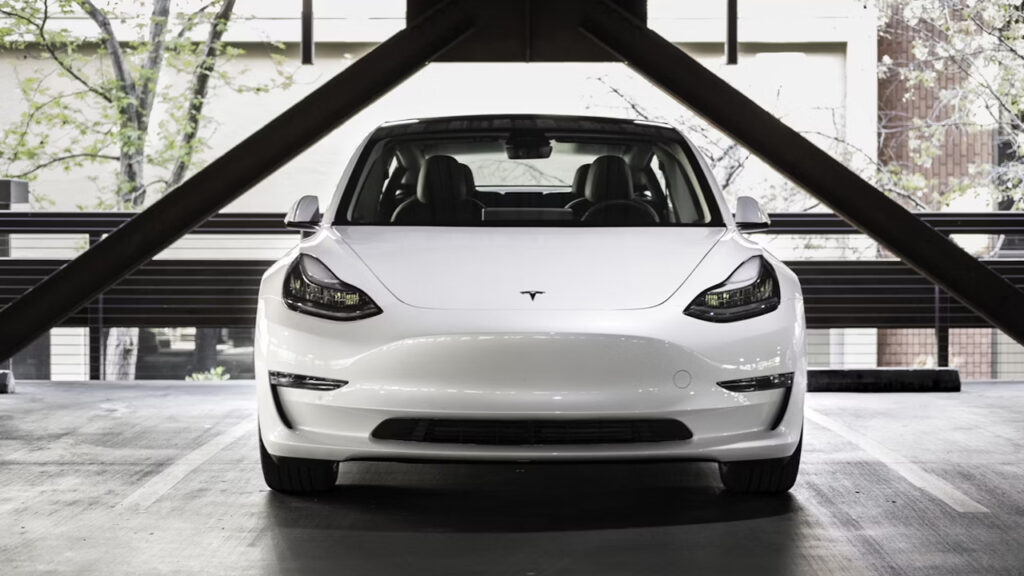
While Tesla’s FSD shows promise in controlled environments, its real-world performance has been inconsistent. Users have reported issues like sudden lane changes, unexpected stops, and difficulty navigating complex intersections. These glitches can be unsettling and potentially dangerous.
In some cases, FSD has struggled with basic tasks. For instance, there have been reports of the system misjudging lane positions or failing to recognize obstacles, leading to near-miss incidents. Such experiences highlight the system’s limitations and the need for driver vigilance. (Source: Reddit)
Safety Concerns and Investigations
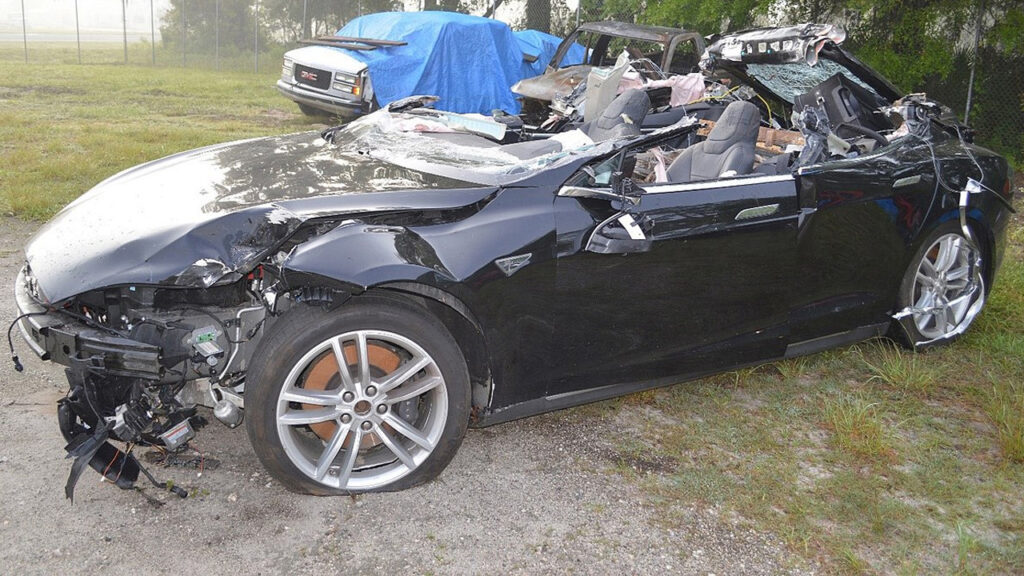
Tesla’s FSD has been linked to several accidents, prompting investigations by federal agencies. The NHTSA is examining incidents where FSD was engaged during crashes, including some that resulted in fatalities. These investigations aim to determine whether the system’s design or implementation contributed to the accidents.
One area of concern is FSD’s performance in low-visibility conditions. The system relies heavily on cameras, which can be less effective in situations like fog, rain, or glare. Critics argue that this reliance may compromise safety, especially when compared to other systems that use additional sensors like radar or lidar. (Source: Reuters)
Regulatory Oversight and Public Trust

The regulatory landscape for autonomous vehicles is still evolving. Recent developments have raised questions about the effectiveness of oversight. For example, in early 2025, a group of NHTSA employees responsible for evaluating self-driving technologies was reportedly dismissed, leading to concerns about the agency’s capacity to monitor systems like FSD effectively. (Source: The Verge)
Public trust in FSD is further complicated by Tesla’s approach to data transparency and user feedback. While the company collects vast amounts of driving data, critics argue that more openness is needed to assess the system’s safety and reliability comprehensively.
Proceed with Caution
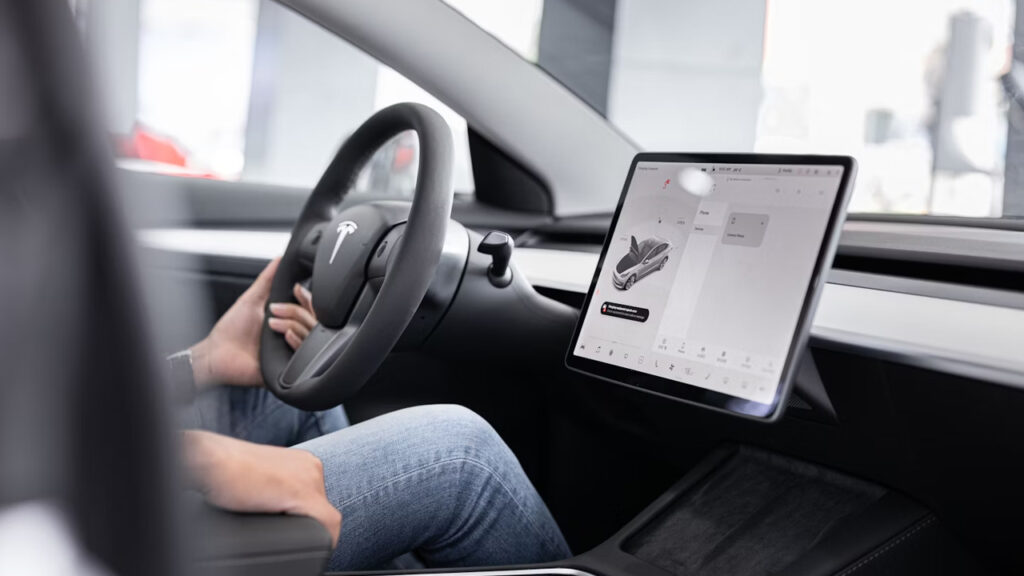
Tesla’s FSD represents a significant step toward autonomous driving, but it’s not there yet. The system’s limitations, coupled with ongoing safety investigations and regulatory challenges, suggest that drivers should remain cautious. It’s essential to understand that, despite its name, FSD is not a substitute for attentive driving.
As technology advances, FSD may become more reliable. Until then, users should stay informed about the system’s capabilities and limitations, ensuring they can intervene when necessary to maintain safety on the road.
